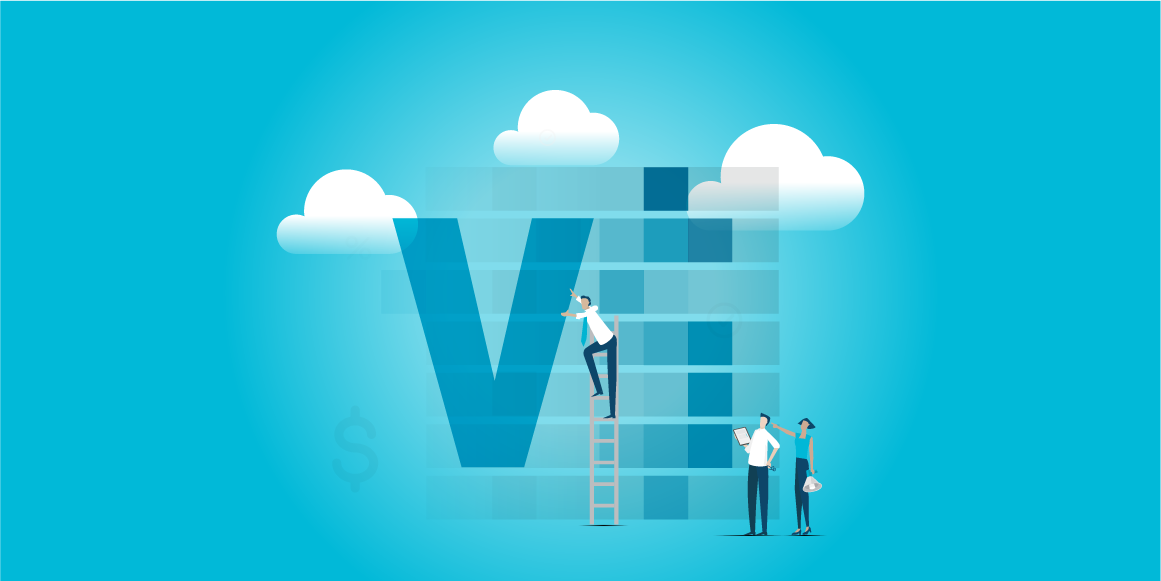This past year, B2B channel business models have been reinvented (ecosystems). Supply chains have been restructured. Productivity, we now know, can thrive virtually, anywhere. We’re witnessing a once-in-a generation shift in the global economy, and partner ecosystems are playing a leading role.
Channel incentive programs are no exception to this evolution and have transformed due to new technology delivery methods and new B2B digital marketing trends. Channel Incentives Management (CIM) technology today is empowering vendor companies to automate incentives, transform their programs, and engage with partners in entirely new ways.
Channel Incentives Management (CIM) platforms today empower vendors to drive demand through automated pre-packaged programs and/or concierge services, embedded in Market Development Funds (MDF) and/or Co-Op funds. These are digital catalogs of pre-approved packaged marketing campaigns, organized into easy-to-understand categories, where partners select from fixed price campaigns with clear deliverables, making it easy for partners to select activities that match their capabilities, and eliminate the campaign funding request approval time
Modern MDF programs include programmatic digital advertising such as LinkedIn Ads or Google ADS, packaged digital marketing, investments on social media strategies, automation on email marketing including personalized video content, SEO, SEM, ABM, and many more cool features like a Leads Upload function during the MDF claiming process that feed right into your campaigns management tools for ROI tracking and reporting. CIM solution are a game-changer for vendors and are driving an unparalleled level of innovation across our entire industry.
We all know MDF/Co-Op programs frustrate partners by the amount of time required to input projects and claims - not to mention the amount of time it takes to get reimbursed! It’s no wonder that a high percentage of MDF/Co-Op dollars go unused every year.
It’s been said time after time, “Decrease partner effort to increase partner loyalty.” As the consumerization of the channel accelerates, the bar continues to be raised on the expectation channel partners have, of the tools and services vendors provide. The goal is to deliver high-value collaborative partner experiences through simplified, successful interactions that improve the overall partner experience, and reduces the number of touch-points required to complete a task.
Vendors committed to be “easy to do business with” have also modified their MDF policies, processes, and practices to make it simpler for partners to do business with them. Moreover, MDF CIM solutions simplify the process of partner-led marketing performance tracking as pre-approved marketing content is joined with allocated funds. This is in response to partners who are reluctant to participate in channel programs with operational processes that are overly complex or inefficient, especially if they lack perceived benefit or reward. For most partners, this leads to disappointed partner users which hurts partner engagement as they look for ease of doing business. Keep in mind that although process capabilities (e.g. lead/opportunity management, incentive management) are top priorities for vendors, ease of doing business is also a top priority for partners.
And while MDF CIM solutions enable partners to execute marketing campaigns that many would not be able to launch on their own, merely launching these MDF CIM tools isn’t enough as vendors must be prescriptive on how, when and where partners should use them and the assets they contain.
When implemented correctly, MDF/CO-OP are one of the most effective ways to drive partner engagement at the organizational level. Discover our five best practices below, that can be utilized to improve the effectiveness of your current or new MDF program.
Consider these best practices to improve the effectiveness of your current or new MDF program
1. Align Program Objectives with Business Goals
As you align your objectives, consider your overall product/solution go-to-market strategy and what role your partners play in the sales and marketing process. Consider your channel segments and how your program also aligns with your partners' go to market strategy as well as your own. Finally, consider the buyers’ journey, and what your channel partners will need at each step of the journey to optimize sell-through.
2. Segment Eligible Partners
Segmenting your partner base means you can customize your program to align with the various go-to-market strategies of your partner groups. Each segment may require a different program structure based on how your partners interact with customers and promote their company. Note that regulations (and best practices) dictate that programs should be available to all partners that demonstrate the required qualification criteria. The positive aspect of this regulation is that it ensures smaller Tier 2 or Tier 3 partners can receive benefits that will help them grow with your organization
3. Select the Right Funding Model
Consider the fund type to use for structuring your program accrual based (often referred to as CO-OP) or proposal based (often referred to as MDF). Hybrid programs are not uncommon. A typical example of the hybrid approach is as follows:
- Traditional marketing and lead generation activities may be funded with CO-OP allowances. You can provide clear branding and activity guidelines for consideration before payment.
- Business development activities are funded through a proposal-based fund (MDF). This method is often preferred for pre-approving discretionary activities because they require more scrutiny before funding.
4. Focus Fund Use with Joint Business Planning
A limitation of traditional MDF and CO-OP programs is that most processes look only at individual activities that are funded and subsequently claimed for reimbursement. A joint marketing planning process, fully integrated into your MDF program and processes, is an excellent means of aligning multiple activities with defined business goals for mutually beneficial outcomes. This top-down approach yields multiple benefits for channel marketers.
5. Prioritize Marketing Enablement
Marketing enablement is vital to a successful program. More than providing partners with logos and branding guidelines, marketing enablement is the methodology of providing mutually beneficial marketing solutions, best practices, and systems to assure the accountability and effectiveness of your MDF program. A marketing enablement program is especially important if your channel partners don’t otherwise have strong marketing resources and personnel. If executed correctly, your marketing enablement programs can provide a consistent, predictable outcome
Read more about the 360insights and Fund Management solutions.
%20copy%204.png)


%20copy%205.png)
